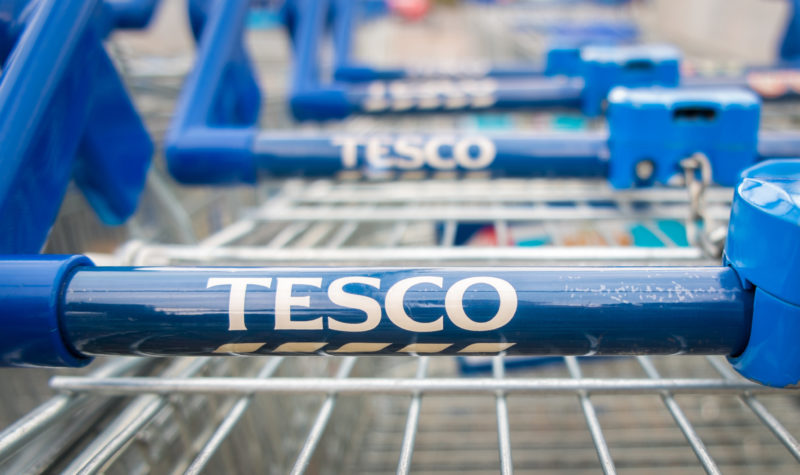Why Tesco could deliver share-price growth as it checks out of Asia

| Master Investor Magazine
Never miss an issue of Master Investor Magazine – sign-up now for free! |
Robert Stephens, CFA, discusses why Tesco could offer long-term growth potential as it looks to reposition itself.
This week, Tesco (LON:TSCO) continued its journey towards becoming a simpler business that focuses on its UK operations. It announced the sale of its businesses in Thailand and Malaysia for a total consideration of £8 billion.
Of that amount, £5 billion will be returned to shareholders and £2.5 billion will be used to eliminate the company’s current pension funding deficit. This is expected to significantly reduce the likelihood of the retailer having to make further pension deficit contributions in future.
The divestment is not a major surprise, since Tesco has gradually pivoted towards UK food operations under its present management team. Although it reduces the company’s geographic diversity at a time when the prospects for the UK retail sector are highly uncertain, I think that it enables the business to fully focus on its largest and most important geographic segment.
Technology-led growth
Central to the retailer’s future growth plans is likely to be its investment in online grocery shopping. The proportion of shoppers that purchase their groceries online has doubled in the past decade. Further improvements to mobile technology and supply chains are likely to mean that online grocery shopping becomes even more popular.
Tesco plans to open 25 urban fulfilment centres in the UK over the next three years as part of plans to double its online capacity. It has been able to reduce costs and boost productivity in its online segment, while an increasing order volume could make its online operations more profitable.
It is also introducing new technology to reduce excess inventory and more accurately plan its fresh food sales to reduce overall waste. This is being implemented alongside new staff scheduling software which may increase the productivity of its employees in an era where minimum/living wage growth could be relatively high.
Market position
One of the areas in which Tesco has performed well in the past few years is customer satisfaction scores. For instance, in the first half of its current year the retailer reported an 8-point year-on-year increase in how likely its customers are to recommend its stores to their friends. Further evidence of its improving competitive position can be seen in the rise of its net promoter score in the first half of the year. This contrasts with declines for most of its major competitors.
Tesco’s economic moat may be further widened by ongoing investment in its Clubcard Plus loyalty programme. It offers discounts on two shopping trips (online or in-store) per month for a fixed fee, and could resonate with consumers at a time when they continue to be highly price-conscious.
Outlook
At the moment, the FTSE 100 is experiencing major declines in its price level. Tesco and its peers face numerous short-term risks, such as coronavirus, which could lead to capital losses for investors.
However, the strategy being put in place by the retailer could lead to a successful share-price performance in the long run, in my view. The stock’s forward price-earnings ratio of 13.5 may provide a margin of safety which offers recovery potential in the long run.

Comments (0)